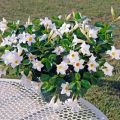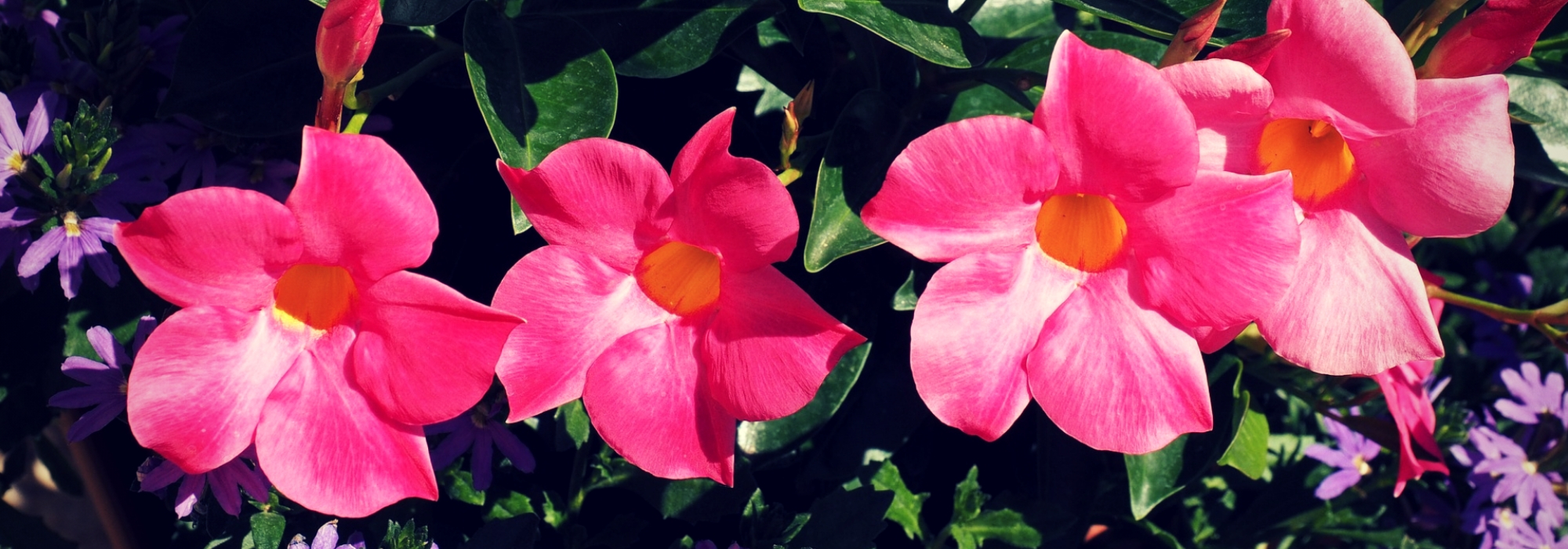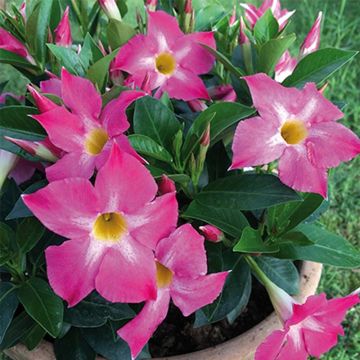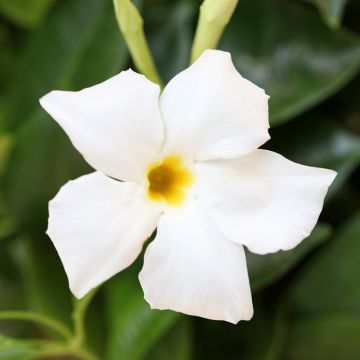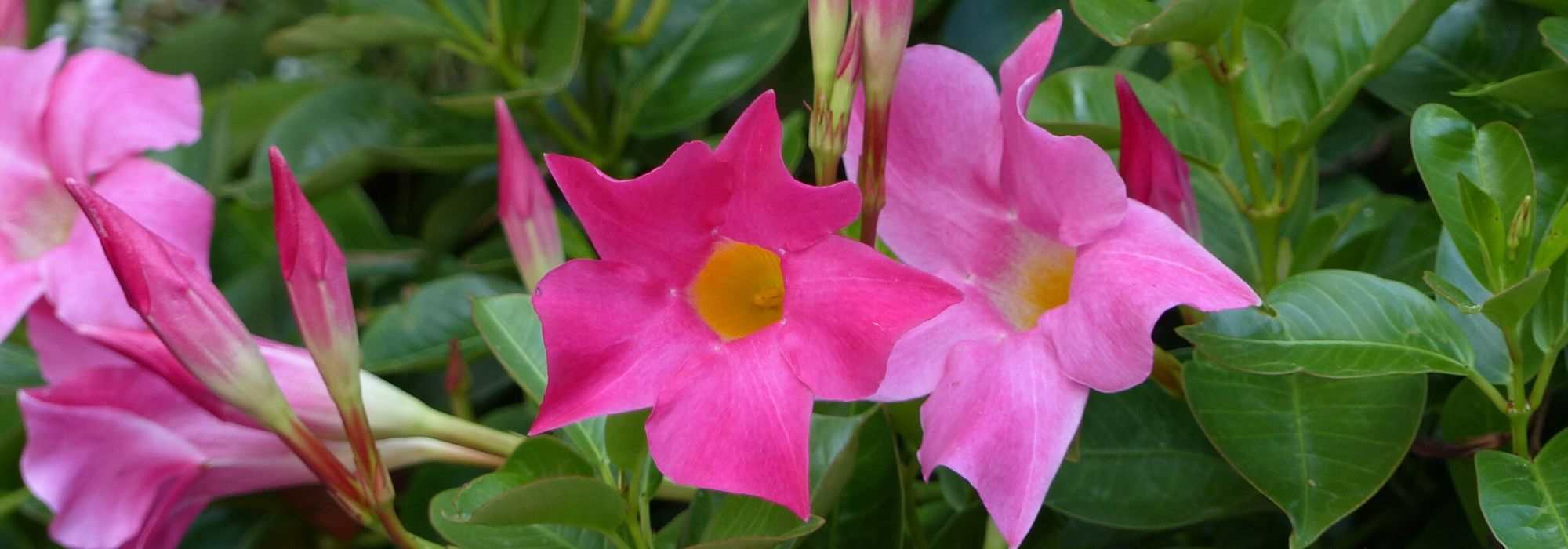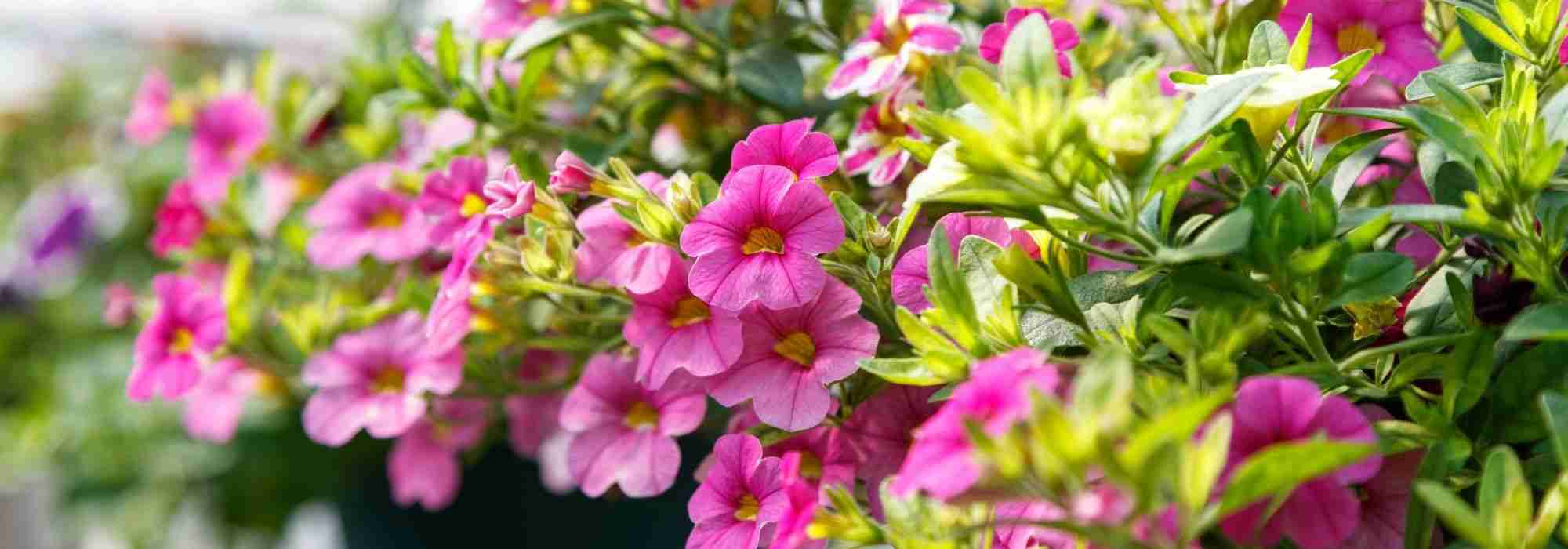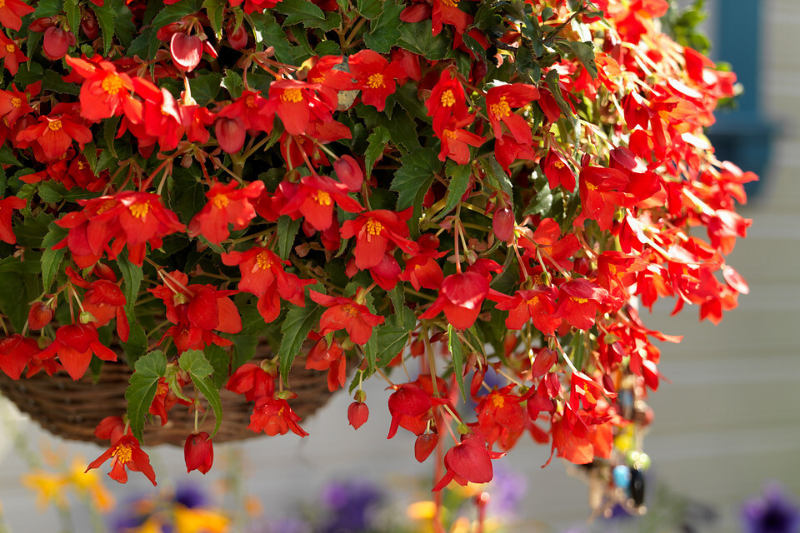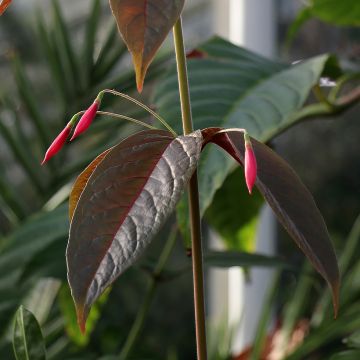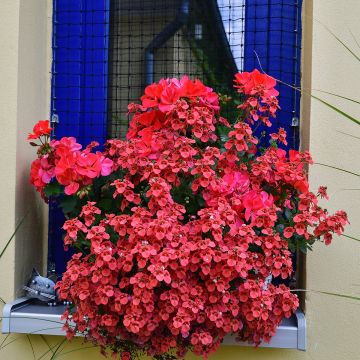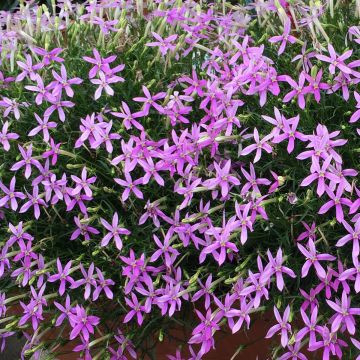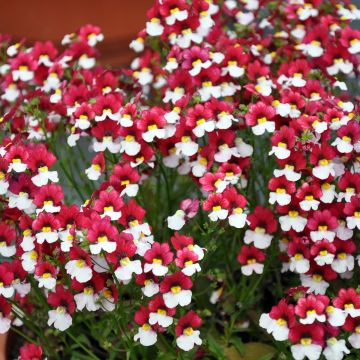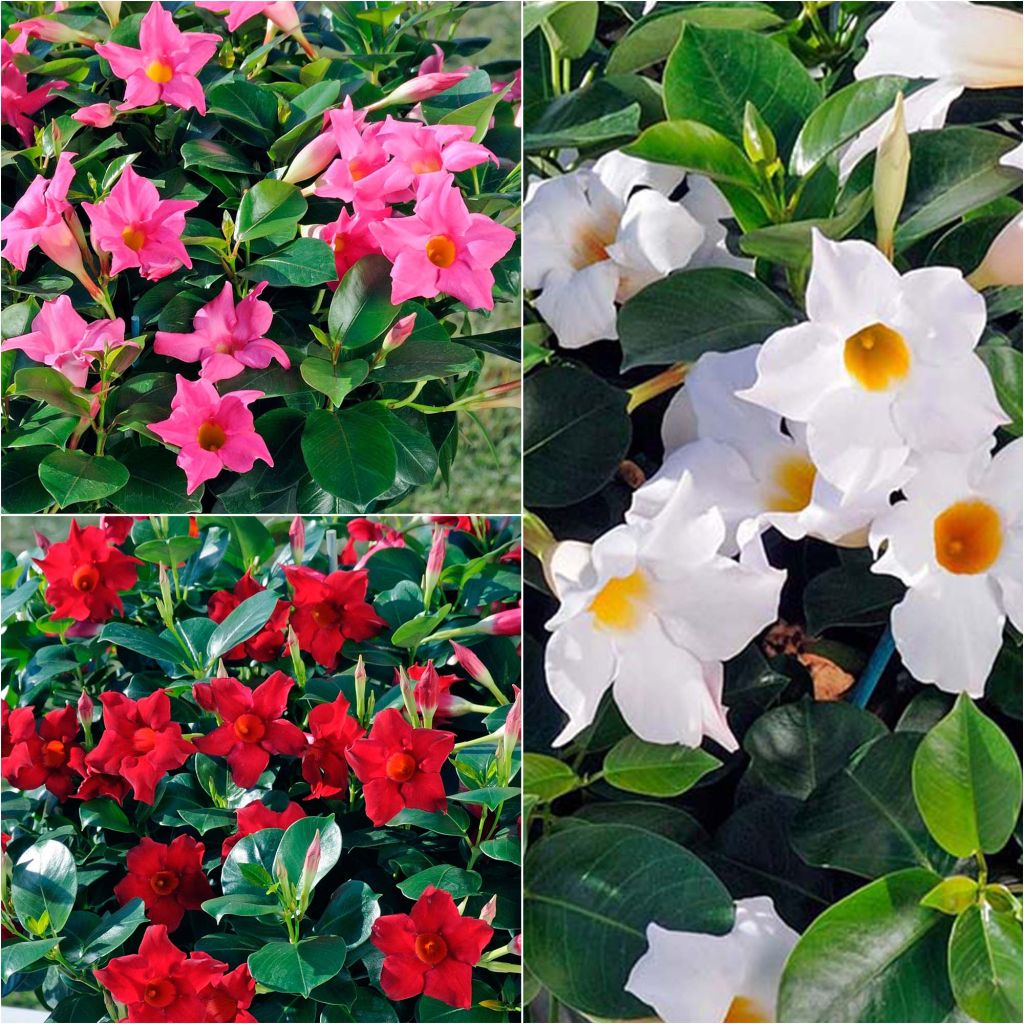

Collection of 3 Dipladenia Diamantina Jade
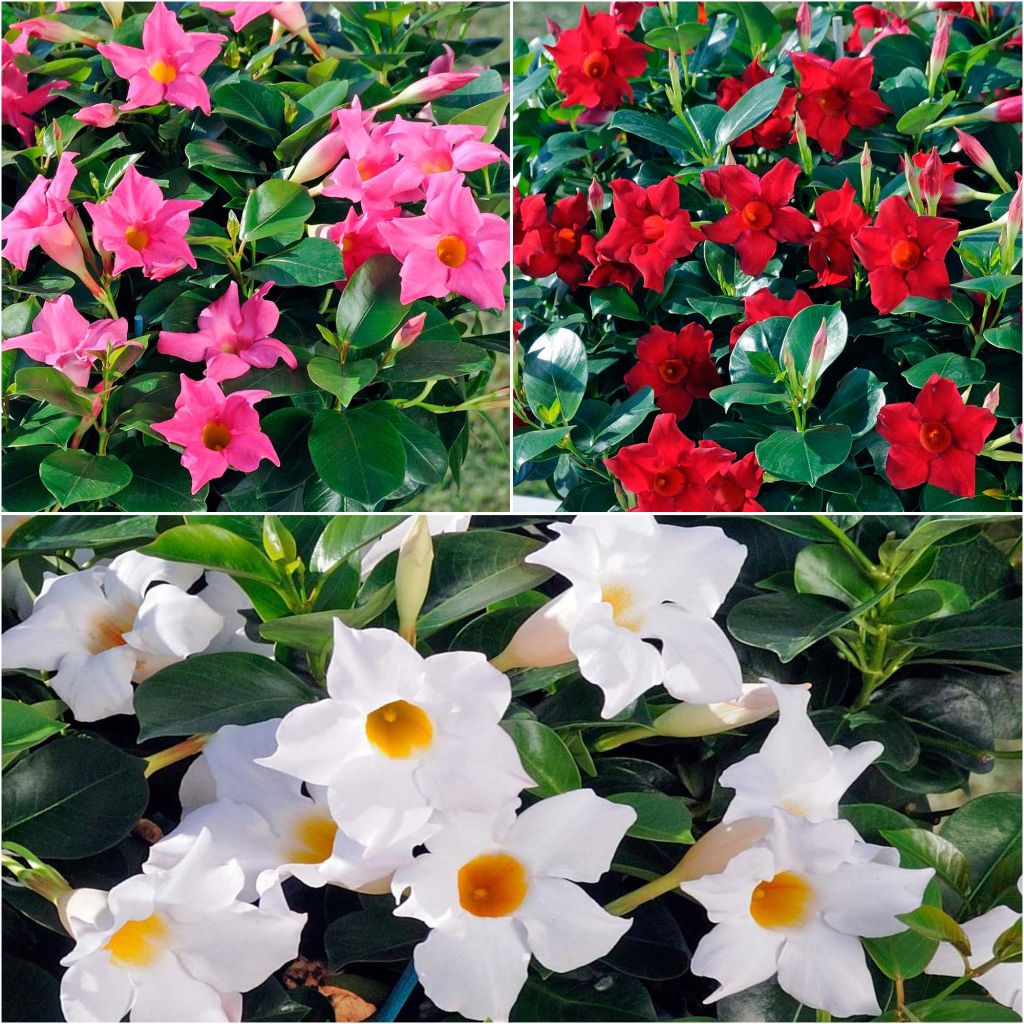

Collection of 3 Dipladenia Diamantina Jade
Collection of 3 Dipladenia Diamantina Jade
Dipladenia (Mandevilla) (x) hybrida Diamantina Jade Scarlet, White, Pink.
Very well!
Anne-Marie, 11/05/2021
Special offer!
Receive a €20 voucher for any order over €90 (excluding delivery costs, credit notes, and plastic-free options)!
1- Add your favorite plants to your cart.
2- Once you have reached €90, confirm your order (you can even choose the delivery date!).
3- As soon as your order is shipped, you will receive an email containing your voucher code, valid for 3 months (90 days).
Your voucher is unique and can only be used once, for any order with a minimum value of €20, excluding delivery costs.
Can be combined with other current offers, non-divisible and non-refundable.
This plant carries a 6 months recovery warranty
More information
We guarantee the quality of our plants for a full growing cycle, and will replace at our expense any plant that fails to recover under normal climatic and planting conditions.

Would this plant suit my garden?
Set up your Plantfit profile →
Collection items (3 plants)
Description
This collection is composed of 3 Dipladenia (Mandevilla) Diamantina Jade, which are distinguished by their compact habit, more bushy than climbing, their remarkable floriferousness from June until the first frosts, and their resistance to heat. These 3 highly versatile varieties also offer beautiful star-shaped flowers in vibrant and unusual colours, full of dynamism: a scarlet red, a pure white with a small orange centre, and a very bright pink highlighted with dark pink veins. The 'Diamantina' series Dipladenia are generous but delicate plants that will easily survive the winter season behind a bay window, in a bright conservatory or a lightly heated greenhouse, and will keep you company for many years.
Mandevillas, named in honour of diplomat and gardener Henry Mandeville, are fast-growing climbing plants, mostly native to the tropical forests of the Serra de Orgaos, near Rio de Janeiro in Brazil. Growing at high altitudes, these tropical plants thrive in temperate climates, spared from frost, in partial shade or filtered summer sun. In the 1970s Robert Lannes, a French horticulturist based in Tarn et Garonne, was the first to take an interest in hybridising these plants with their immense potential. Years of research and selection have resulted in particularly floriferous varieties, more compact, with varied colours, easy to cultivate for amateur gardeners. The Diamantina series of Dipladenia, bred and selected in France, is one of the most recent achievements.
The Jade series Diamantina have a bushy habit, but can be trained as miniature climbing plants. The twining stems, woody at the base, easily wrap around any support provided to them. These plants will reach an average size of 40 to 50 cm (16 to 20in) in all directions, with the Scarlet variety showing more climbing growth than the other two. Their growth is fast. Their beautiful large flowers, 6cm (2in) in diameter, are composed of 5 large lobes that overlap like the blades of a propeller. Grouped in small clusters, they bloom continuously from May to the first frosts. The evergreen and leathery foliage is composed of small entire leaves, dark green, arranged in an opposite pattern. The thick and leathery lamina, oval to elliptical in shape, measures 5 to 6cm (2in) in length and has a shiny upper surface. This plant has fine roots as well as large tuberous roots, true storage organs that contain starch and water, allowing the plant to withstand drought quite well.
Mandevilla is often used for ornamenting terraces, balconies or patios, to fill a pergola or trellis, alone or in a mix of colours. The Diamantina Jade series plants, resistant to heat and drought, are capable of forming beautiful bushy clumps well suited for container gardening. They can be placed on the terrace or balcony during the warm season or in a patio, even exposed to full sun. They can be combined with e.g. a dark blue Plumbago capensis, black-eyed susans, Hardenbergia violacea, abutilons, or passionflowers. Planting in open ground, in lightened soil, should be reserved for regions spared from frost.
Please note: our young plug plants are professional products reserved for experienced gardeners. Upon receipt, transplant and store them under shelter (conservatory, greenhouse, cold frame) at a temperature above 14°C (57.2°F) for a few weeks, before being installed outdoors once all risk of frost has passed.
Flowering
Foliage
Plant habit
Botanical data
Dipladenia (Mandevilla)
(x) hybrida
Diamantina Jade Scarlet, White, Pink.
Apocynaceae
Cultivar or hybrid
Other Dipladenia or Mandevilla
View all →Planting and care
Plant your Dipladenia Diamantina Jade in the ground after the last frost. The ideal location is a sunny site with some shade during the hottest part of the day in summer. Plant them in a soil enriched with compost and coarse sand. You can also plant them in pots, placed in a protected area, which you can bring outside during warmer days. Dipladenia plants prefer a well-drained and somewhat dry soil, but not necessarily very rich to avoid promoting foliage growth at the expense of flowering. Water moderately. In pots, regular watering is necessary in summer, as well as a fertiliser for flowering plants. Let the soil dry between waterings. You can preserve your Dipladenia by bringing them indoors to a veranda or a cold greenhouse during winter. They do not tolerate temperatures below 5°C well.
Growing them in the ground throughout the year is only possible in very mild regions.
Planting period
Intended location
Care
Planting & care advice
-
, onOrder confirmed
Reply from on Promesse de fleurs
Similar products
Haven't found what you were looking for?
Hardiness is the lowest winter temperature a plant can endure without suffering serious damage or even dying. However, hardiness is affected by location (a sheltered area, such as a patio), protection (winter cover) and soil type (hardiness is improved by well-drained soil).

Photo Sharing Terms & Conditions
In order to encourage gardeners to interact and share their experiences, Promesse de fleurs offers various media enabling content to be uploaded onto its Site - in particular via the ‘Photo sharing’ module.
The User agrees to refrain from:
- Posting any content that is illegal, prejudicial, insulting, racist, inciteful to hatred, revisionist, contrary to public decency, that infringes on privacy or on the privacy rights of third parties, in particular the publicity rights of persons and goods, intellectual property rights, or the right to privacy.
- Submitting content on behalf of a third party;
- Impersonate the identity of a third party and/or publish any personal information about a third party;
In general, the User undertakes to refrain from any unethical behaviour.
All Content (in particular text, comments, files, images, photos, videos, creative works, etc.), which may be subject to property or intellectual property rights, image or other private rights, shall remain the property of the User, subject to the limited rights granted by the terms of the licence granted by Promesse de fleurs as stated below. Users are at liberty to publish or not to publish such Content on the Site, notably via the ‘Photo Sharing’ facility, and accept that this Content shall be made public and freely accessible, notably on the Internet.
Users further acknowledge, undertake to have ,and guarantee that they hold all necessary rights and permissions to publish such material on the Site, in particular with regard to the legislation in force pertaining to any privacy, property, intellectual property, image, or contractual rights, or rights of any other nature. By publishing such Content on the Site, Users acknowledge accepting full liability as publishers of the Content within the meaning of the law, and grant Promesse de fleurs, free of charge, an inclusive, worldwide licence for the said Content for the entire duration of its publication, including all reproduction, representation, up/downloading, displaying, performing, transmission, and storage rights.
Users also grant permission for their name to be linked to the Content and accept that this link may not always be made available.
By engaging in posting material, Users consent to their Content becoming automatically accessible on the Internet, in particular on other sites and/or blogs and/or web pages of the Promesse de fleurs site, including in particular social pages and the Promesse de fleurs catalogue.
Users may secure the removal of entrusted content free of charge by issuing a simple request via our contact form.
The flowering period indicated on our website applies to countries and regions located in USDA zone 8 (France, the United Kingdom, Ireland, the Netherlands, etc.)
It will vary according to where you live:
- In zones 9 to 10 (Italy, Spain, Greece, etc.), flowering will occur about 2 to 4 weeks earlier.
- In zones 6 to 7 (Germany, Poland, Slovenia, and lower mountainous regions), flowering will be delayed by 2 to 3 weeks.
- In zone 5 (Central Europe, Scandinavia), blooming will be delayed by 3 to 5 weeks.
In temperate climates, pruning of spring-flowering shrubs (forsythia, spireas, etc.) should be done just after flowering.
Pruning of summer-flowering shrubs (Indian Lilac, Perovskia, etc.) can be done in winter or spring.
In cold regions as well as with frost-sensitive plants, avoid pruning too early when severe frosts may still occur.
The planting period indicated on our website applies to countries and regions located in USDA zone 8 (France, United Kingdom, Ireland, Netherlands).
It will vary according to where you live:
- In Mediterranean zones (Marseille, Madrid, Milan, etc.), autumn and winter are the best planting periods.
- In continental zones (Strasbourg, Munich, Vienna, etc.), delay planting by 2 to 3 weeks in spring and bring it forward by 2 to 4 weeks in autumn.
- In mountainous regions (the Alps, Pyrenees, Carpathians, etc.), it is best to plant in late spring (May-June) or late summer (August-September).
The harvesting period indicated on our website applies to countries and regions in USDA zone 8 (France, England, Ireland, the Netherlands).
In colder areas (Scandinavia, Poland, Austria...) fruit and vegetable harvests are likely to be delayed by 3-4 weeks.
In warmer areas (Italy, Spain, Greece, etc.), harvesting will probably take place earlier, depending on weather conditions.
The sowing periods indicated on our website apply to countries and regions within USDA Zone 8 (France, UK, Ireland, Netherlands).
In colder areas (Scandinavia, Poland, Austria...), delay any outdoor sowing by 3-4 weeks, or sow under glass.
In warmer climes (Italy, Spain, Greece, etc.), bring outdoor sowing forward by a few weeks.






























